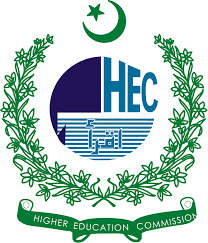Archiving Policy
Objective:
The primary objective of the archiving policy for Kashf Journal of Multidisciplinary Research is to ensure the long-term preservation and accessibility of all published content in a reliable and sustainable manner.
Archiving Method:
All published articles, including research papers, reviews, editorials, and supplementary materials, will be archived using digital preservation techniques. We will employ a combination of institutional repositories, third-party archiving services, and indexing databases to ensure redundancy and resilience in preservation efforts.
Institutional Repositories:
Kashf Journal of Multidisciplinary Research will maintain its own institutional repository where all published content will be stored. This repository will be regularly backed up and maintained to ensure the integrity and availability of archived materials.
Third-Party Archiving Services:
In addition to our institutional repository, we will partner with reputable third-party archiving services specializing in academic content preservation. These services will provide an additional layer of security and accessibility to our archived content.
Indexing Databases:
We will ensure that all articles published in Kashf Journal of Multidisciplinary Research are indexed in major academic databases and repositories such as PubMed, Scopus, Web of Science, and Google Scholar. This will enhance the discoverability and visibility of our content while providing alternate avenues for accessing archived materials.
Version Control:
To maintain the integrity of published content, we will implement version control mechanisms for archived articles. Any updates or corrections to published articles will be clearly documented, and previous versions will be retained for reference purposes.
Accessibility:
Kashf Journal of Multidisciplinary Research is committed to ensuring that archived content remains accessible to researchers, scholars, and the public. All archived materials will be made available in open access formats whenever possible, and efforts will be made to remove barriers to access such as paywalls or subscription requirements.
Data Preservation:
In addition to textual content, any supplementary data or multimedia files associated with published articles will also be archived following best practices for data preservation. This includes ensuring file format compatibility, metadata preservation, and regular integrity checks.


